Home>diy>Building & Construction>How Does Construction Affect Wildlife
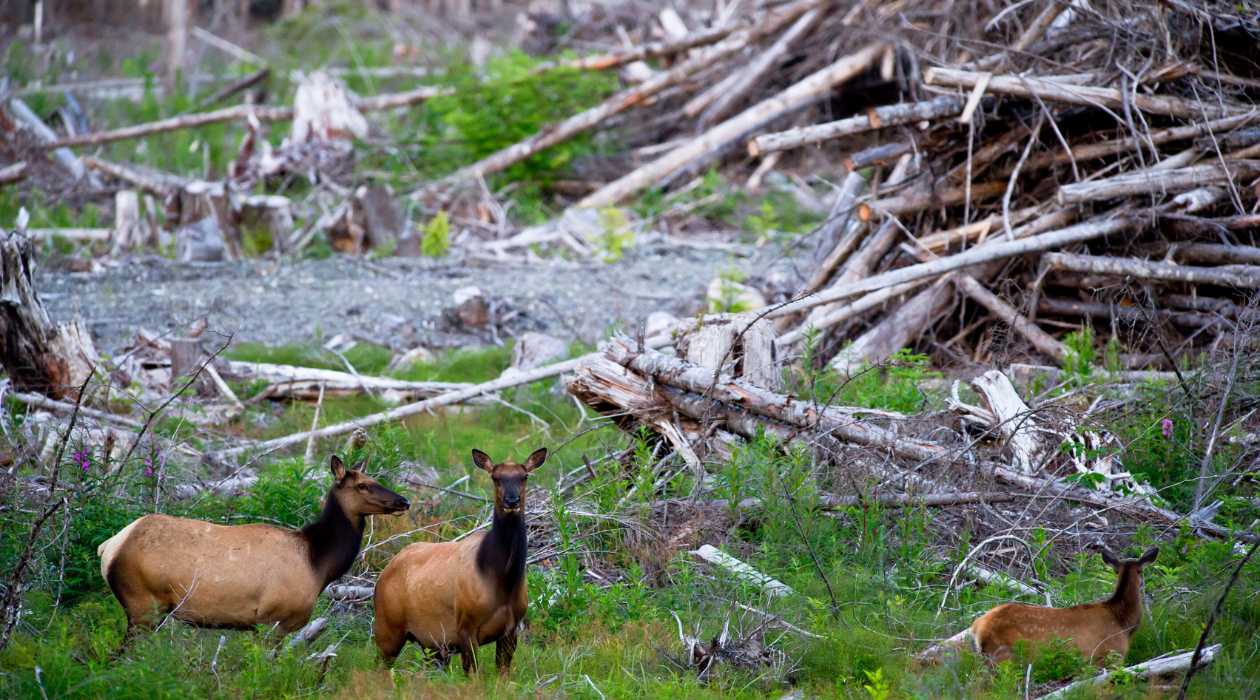

Building & Construction
How Does Construction Affect Wildlife
Modified: January 24, 2024
Explore the impact of building construction on wildlife habitats and ecosystems. Discover how construction activities can disrupt natural environments and learn about measures to mitigate their effects.
(Many of the links in this article redirect to a specific reviewed product. Your purchase of these products through affiliate links helps to generate commission for Storables.com, at no extra cost. Learn more)
Introduction
Construction is a vital industry that drives economic growth and provides infrastructure for our society. However, its impact on wildlife and the environment cannot be overlooked. The rapid expansion of construction activities in urban and rural areas has led to significant disturbances and destruction of natural habitats, posing a threat to the survival of many species.
Deforestation, noise pollution, air and water pollution, migration interruption, and the threat to endangered species are just a few of the many negative consequences of construction on wildlife. Understanding and addressing these impacts is essential to minimize the environmental harm and create sustainable construction practices.
In this article, we will explore the various ways in which construction affects wildlife and discuss the potential mitigation measures that can be taken to minimize these impacts.
Key Takeaways:
- Construction activities have significant negative impacts on wildlife, including deforestation, noise pollution, air and water pollution, migration interruption, and threats to endangered species.
- Mitigation measures such as environmental impact assessments, habitat preservation, noise reduction, and collaboration with conservation organizations are crucial for minimizing the harmful effects of construction on wildlife.
Read more: How Does Rain Affect Construction
Deforestation and Habitat Loss
One of the most significant impacts of construction on wildlife is deforestation and habitat loss. Construction projects often require clearing large areas of land, resulting in the destruction of forests, wetlands, and other natural habitats. This loss of habitat directly affects the biodiversity of the area and disrupts the ecological balance.
Deforestation not only eliminates the homes of many animal and plant species but also destroys their food sources and breeding grounds. Many species rely on specific habitats for their survival, and when these habitats are destroyed, they are forced to migrate or face extinction.
Furthermore, the fragmentation of habitats caused by construction activities can have adverse effects on wildlife populations. Construction projects can divide once continuous habitats into smaller, isolated patches, making it difficult for animals to move between different areas. This fragmentation limits their access to food, water, and mates, ultimately leading to a decline in their numbers.
It is crucial for construction companies to prioritize sustainable land management practices to minimize deforestation and habitat loss. This can include implementing reforestation programs, preserving existing green spaces within construction sites, and utilizing environmentally friendly construction techniques that minimize land disturbance.
Noise Pollution and Disturbance
Construction sites are notorious for generating high levels of noise, which can have significant impacts on wildlife. The loud and persistent noise from construction machinery, equipment, and activities can disrupt the natural behavior and communication patterns of animals. This disturbance can lead to stress, altered feeding patterns, reduced reproductive success, and even abandonment of habitats.
For example, birds rely on vocalizations for communication and breeding. Construction noise can interfere with bird calls, making it difficult for them to attract mates or defend their territories. Similarly, nocturnal animals such as bats and owls, which rely on their acute hearing for hunting, can be disoriented and unable to locate prey when exposed to continuous construction noise.
Noise pollution can also have indirect effects on wildlife by altering the behavior of their prey or predator species. For instance, construction noise near a water body can disrupt the activity patterns of fish, affecting their feeding and reproductive behaviors. This disruption can then cascade through the food web, impacting other aquatic species and riparian wildlife that depend on the availability of prey.
To mitigate the effects of noise pollution, construction companies can adopt noise reduction measures. This can include using quieter machinery and equipment, scheduling noisy activities during periods of low wildlife activity, and implementing physical barriers to dampen noise propagation.
Additionally, establishing buffer zones around sensitive habitats can help minimize the direct impact of construction noise on wildlife. These buffer zones can act as a refuge for wildlife, allowing them to retreat to quieter areas away from the construction activities.
Air and Water Pollution
Construction activities can contribute to air and water pollution, posing risks to both wildlife and their habitats. Dust, emissions from machinery, and the use of construction materials can release harmful pollutants into the air, which can have detrimental effects on the respiratory systems of animals.
Air pollution can have indirect impacts on wildlife by contaminating their food sources. Pollutants can accumulate in plants and animals, making them toxic to organisms higher up the food chain. This can lead to bioaccumulation and biomagnification, where pollutants become concentrated in predators, potentially causing reproductive issues, reduced fertility, and even death.
In addition to air pollution, construction can also result in water pollution through runoff of various construction materials and chemicals. Sediment, concrete, chemicals, and other pollutants can enter nearby water bodies, degrading water quality and harming aquatic ecosystems.
Water pollution can have severe consequences for aquatic wildlife, especially fish and amphibians. Pollutants in the water can disrupt their respiratory systems, impair their reproduction and growth, and even lead to population declines or local extinctions. Furthermore, the presence of high levels of pollutants can also impact the quality of water resources for other wildlife species that depend on them for drinking and bathing.
To mitigate air and water pollution from construction activities, it is essential to implement effective erosion and sediment control measures. These can include the use of sediment barriers to prevent runoff, proper disposal of construction waste, and the adoption of environmentally friendly construction materials and practices.
Moreover, construction companies should prioritize the use of sustainable and low-emission machinery and equipment to minimize air pollution. Regular maintenance and inspection of construction vehicles can also help reduce emissions and ensure their efficient operation.
When planning construction projects, consider the potential impact on local wildlife. Implement measures such as habitat restoration, wildlife corridors, and noise reduction to minimize disruption to the ecosystem.
Migration Interruption
Migratory species, such as birds, sea turtles, and certain mammals, rely on specific routes and habitats for their annual migrations. Unfortunately, construction activities can disrupt these critical migration corridors, causing significant challenges for these species.
Construction projects often involve the development of roadways, buildings, and other infrastructure that can block or alter traditional migration paths. This disruption can lead to disorientation and confusion among migratory animals, potentially causing them to lose their way or expend excessive energy in navigating around the construction sites.
The interruption of migration routes can have severe consequences for wildlife populations. It may prevent them from reaching essential breeding or feeding grounds, affecting their ability to reproduce and survive. Additionally, migratory species often rely on specific habitats along their migration routes for rest and refueling. Construction-induced loss or degradation of these habitats can result in exhaustion, decreased body condition, and increased vulnerability to predation.
To address the issue of migration interruption, construction companies should conduct thorough environmental impact assessments prior to the commencement of projects. These assessments can identify potential migration routes and habitats and inform the planning and design of construction activities to minimize disruption.
Furthermore, implementing measures such as the construction of wildlife bridges or underpasses can help maintain continuity in migration routes. These structures allow animals to safely cross over or under roads and other obstacles without interference.
By considering the migratory patterns and needs of wildlife during the planning and execution of construction projects, it is possible to minimize disruption and protect the important migratory corridors that are crucial for the survival of many species.
Endangered Species and Impacts
Construction activities can have profound impacts on endangered species, pushing them further towards the brink of extinction. Endangered species, by definition, already face significant challenges to their survival, and the additional pressures and disturbances from construction can exacerbate their plight.
One of the major concerns is the destruction and fragmentation of critical habitats. Endangered species often have specific habitat requirements, and any disturbance or loss of these habitats can have devastating consequences. Construction projects that encroach upon or destroy these habitats can directly harm the population of the endangered species.
Moreover, endangered species may be particularly sensitive to disturbances caused by construction noise, vibrations, and other activities. These disturbances can disrupt their behavior patterns, affect their reproductive success, and cause stress and physiological harm.
For example, the nesting sites of endangered sea turtles along coastlines can be affected by coastal development and beachfront construction. The disturbance and alteration of nesting beaches can disrupt the turtles’ breeding cycles, resulting in reduced hatching success and diminished population growth.
Endangered species can also face indirect impacts from construction activities through the introduction of invasive species or changes in ecosystems. Construction projects often involve the transportation of materials, machinery, and personnel, which can inadvertently introduce non-native species to the construction site or surrounding areas. These invasive species can outcompete or prey upon endangered species, further jeopardizing their survival.
To mitigate the impacts on endangered species, construction companies should undertake thorough environmental assessments to identify the presence of endangered species and their habitats. If endangered species are found, alternative construction methods or routes may need to be considered to avoid significant impacts.
Additionally, implementing habitat restoration or conservation measures can help protect and restore the critical habitats required by endangered species. This can include the establishment of protected areas, habitat enhancement projects, and conservation programs in collaboration with wildlife conservation organizations.
By prioritizing the protection and conservation of endangered species during construction projects, we can work towards coexistence and ensure the long-term survival of these invaluable creatures.
Mitigation Measures
To minimize the negative impacts of construction on wildlife, there are several key mitigation measures that can be implemented. These measures aim to protect habitats, reduce disturbances, and promote sustainable construction practices.
1. Environmental Impact Assessment: Conducting a thorough environmental impact assessment prior to starting any construction project is crucial. This assessment helps identify potential impacts on wildlife and their habitats, allowing for the development of appropriate mitigation strategies.
2. Habitat Preservation: Where possible, construction companies should prioritize the preservation of existing habitats within the construction site. This can involve designing the project to minimize habitat destruction and fragmentation, as well as setting aside protected areas or creating wildlife corridors for safe passage.
3. Noise Reduction: Employing noise reduction measures can help minimize disturbances to wildlife. This can include using quieter construction equipment, scheduling noisy activities during periods of low wildlife activity, and installing physical barriers or soundproofing mechanisms to reduce noise propagation.
4. Erosion and Sediment Control: Implementing effective erosion and sediment control measures is essential to prevent pollutants from contaminating nearby water bodies. This can involve constructing sediment barriers, using sediment ponds, and employing proper disposal methods for construction waste.
5. Sustainable Materials and Practices: Using environmentally friendly construction materials and practices can significantly reduce the ecological footprint of a project. This includes opting for sustainable building materials, conserving resources, minimizing energy consumption, and promoting recycling and waste management.
6. Collaboration with Conservation Organizations: Working in collaboration with wildlife conservation organizations can provide valuable expertise and guidance. Construction companies can partner with these organizations to implement conservation initiatives, monitor wildlife populations, and support habitat restoration efforts.
7. Public Awareness and Education: Raising awareness among workers and the public about the importance of wildlife conservation and the impacts of construction can foster a culture of environmental responsibility. This can be achieved through educational campaigns, training programs, and community engagement initiatives.
By incorporating these mitigation measures into construction practices, we can strike a balance between development and environmental conservation, minimizing harm to wildlife while still meeting the needs of society.
Conclusion
Construction plays a vital role in shaping our built environment, but it also has significant impacts on wildlife and their habitats. Deforestation, noise pollution, air and water pollution, migration interruption, and the threat to endangered species are among the many negative consequences that construction can have on the natural world.
However, by implementing appropriate mitigation measures, we can minimize these impacts and promote sustainable construction practices. Conducting thorough environmental impact assessments, preserving habitats, reducing noise and pollution, and collaborating with conservation organizations are just a few of the steps that can be taken.
It is essential for construction companies to prioritize the protection of wildlife and their habitats. By integrating wildlife conservation into the planning, design, and execution of construction projects, we can ensure the coexistence of development and biodiversity.
Furthermore, raising awareness about the importance of wildlife conservation among workers, the public, and policymakers is crucial. By fostering a culture of environmental responsibility and knowledge, we can drive positive change and sustainable construction practices.
In conclusion, construction activities have undeniable impacts on wildlife, but with careful planning, responsible practices, and a commitment to environmental conservation, we can create harmony between development and the natural world. By safeguarding habitats, reducing disturbances, and promoting sustainable practices, we can protect and preserve our precious wildlife for future generations.
Frequently Asked Questions about How Does Construction Affect Wildlife
Was this page helpful?
At Storables.com, we guarantee accurate and reliable information. Our content, validated by Expert Board Contributors, is crafted following stringent Editorial Policies. We're committed to providing you with well-researched, expert-backed insights for all your informational needs.



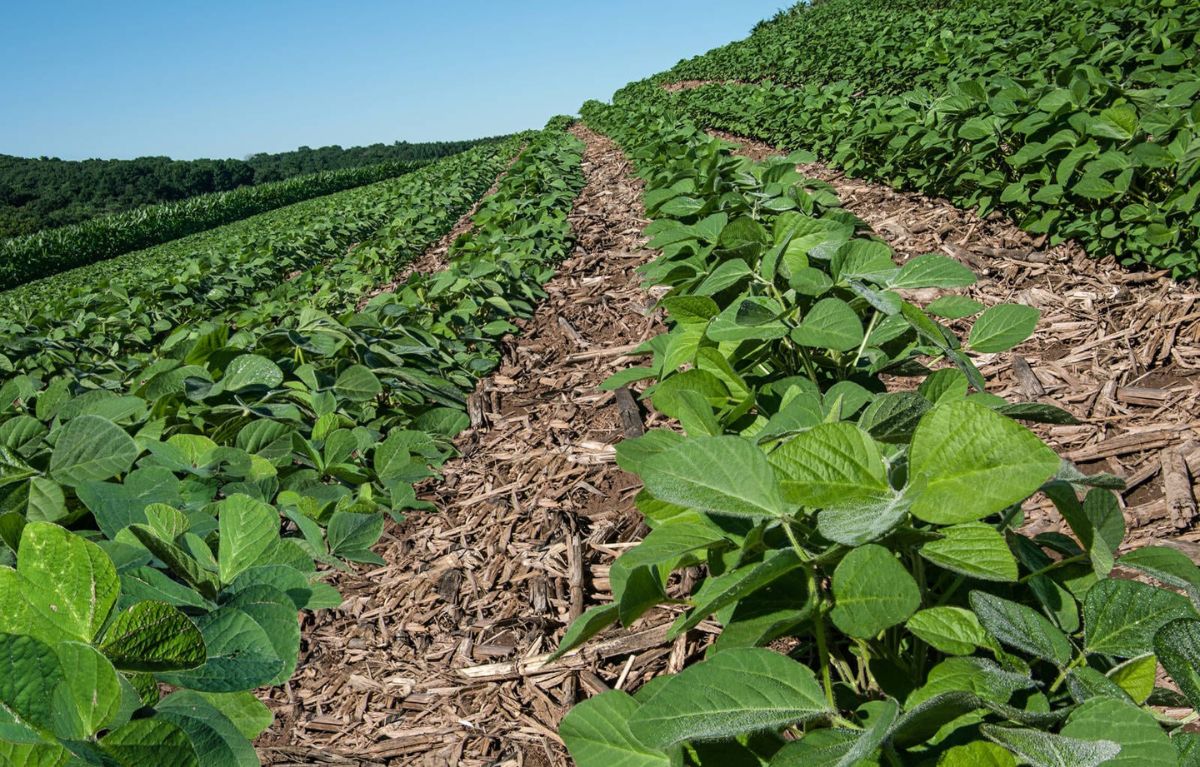

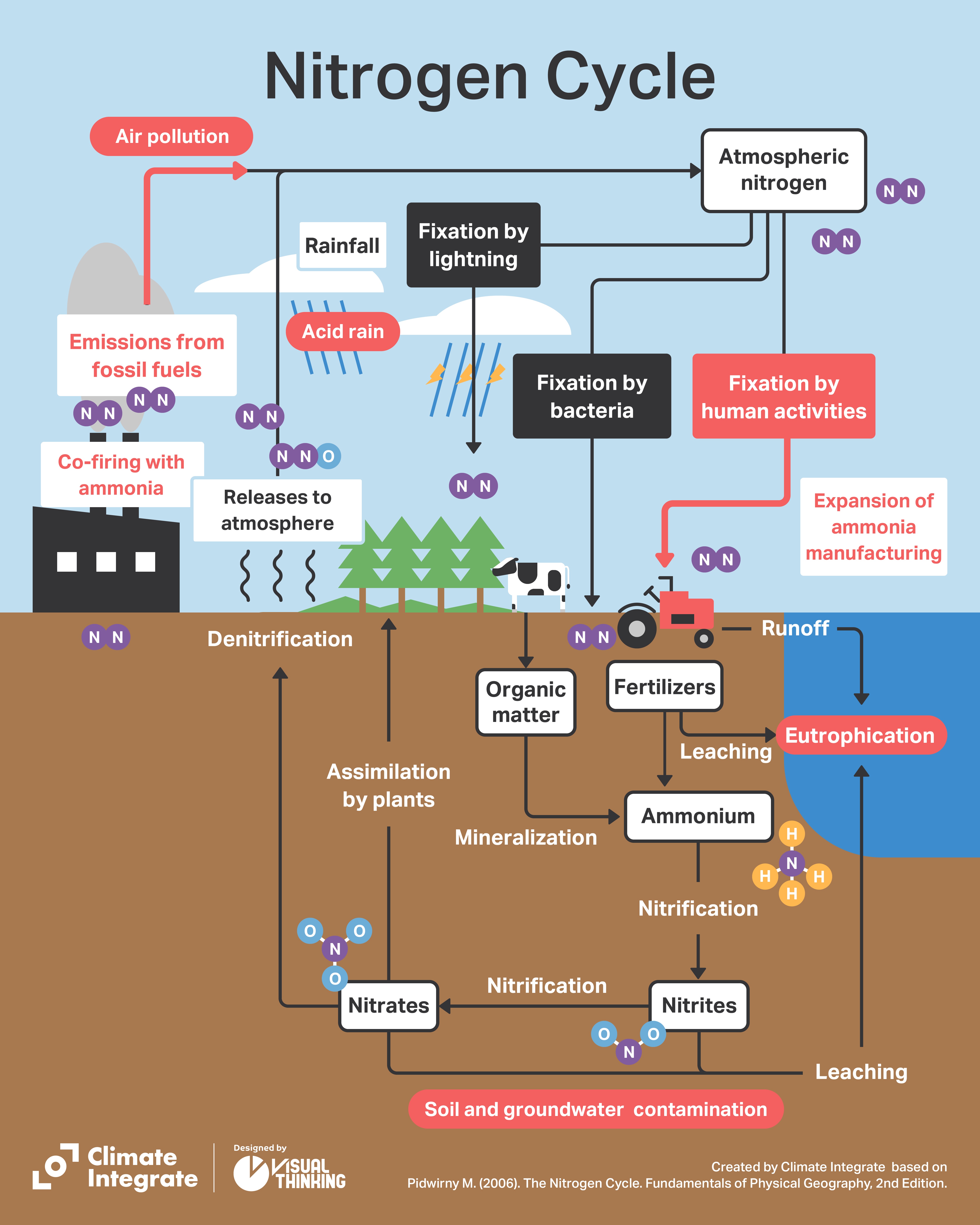




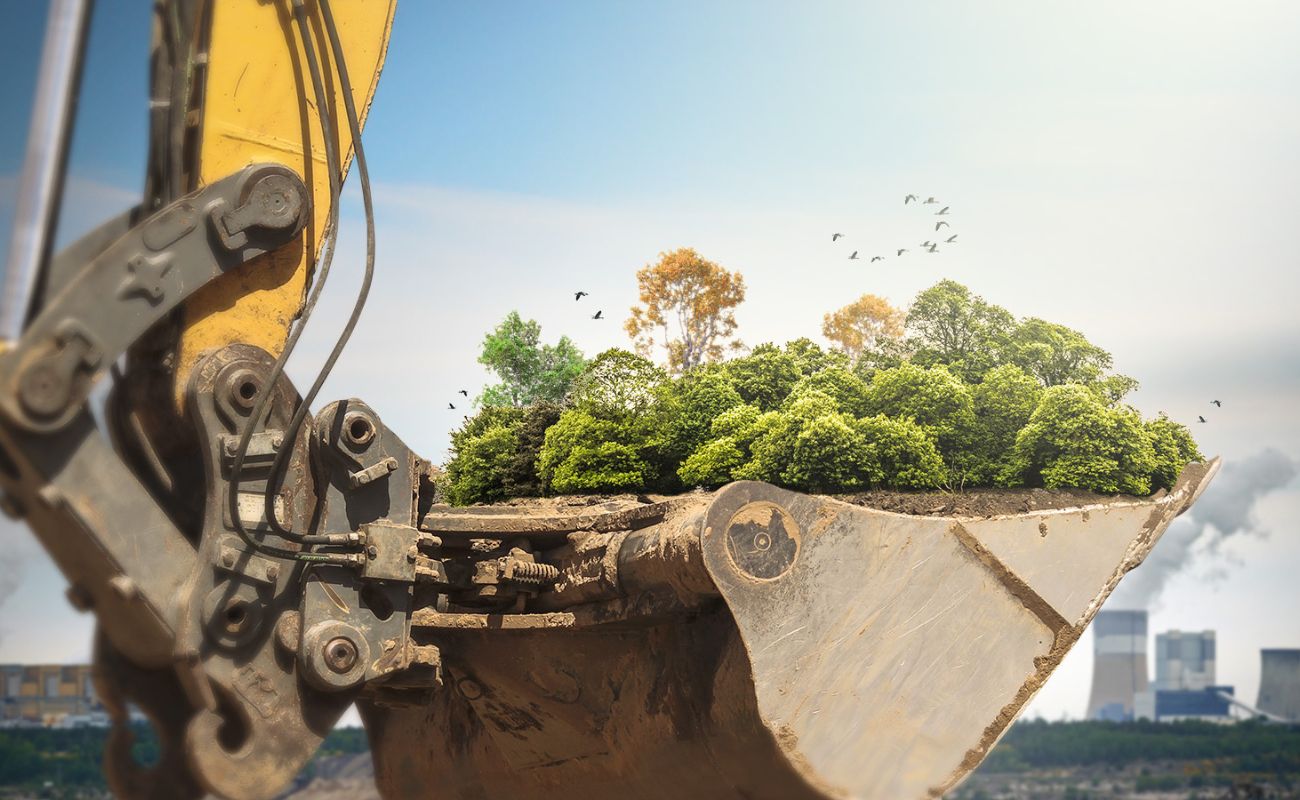

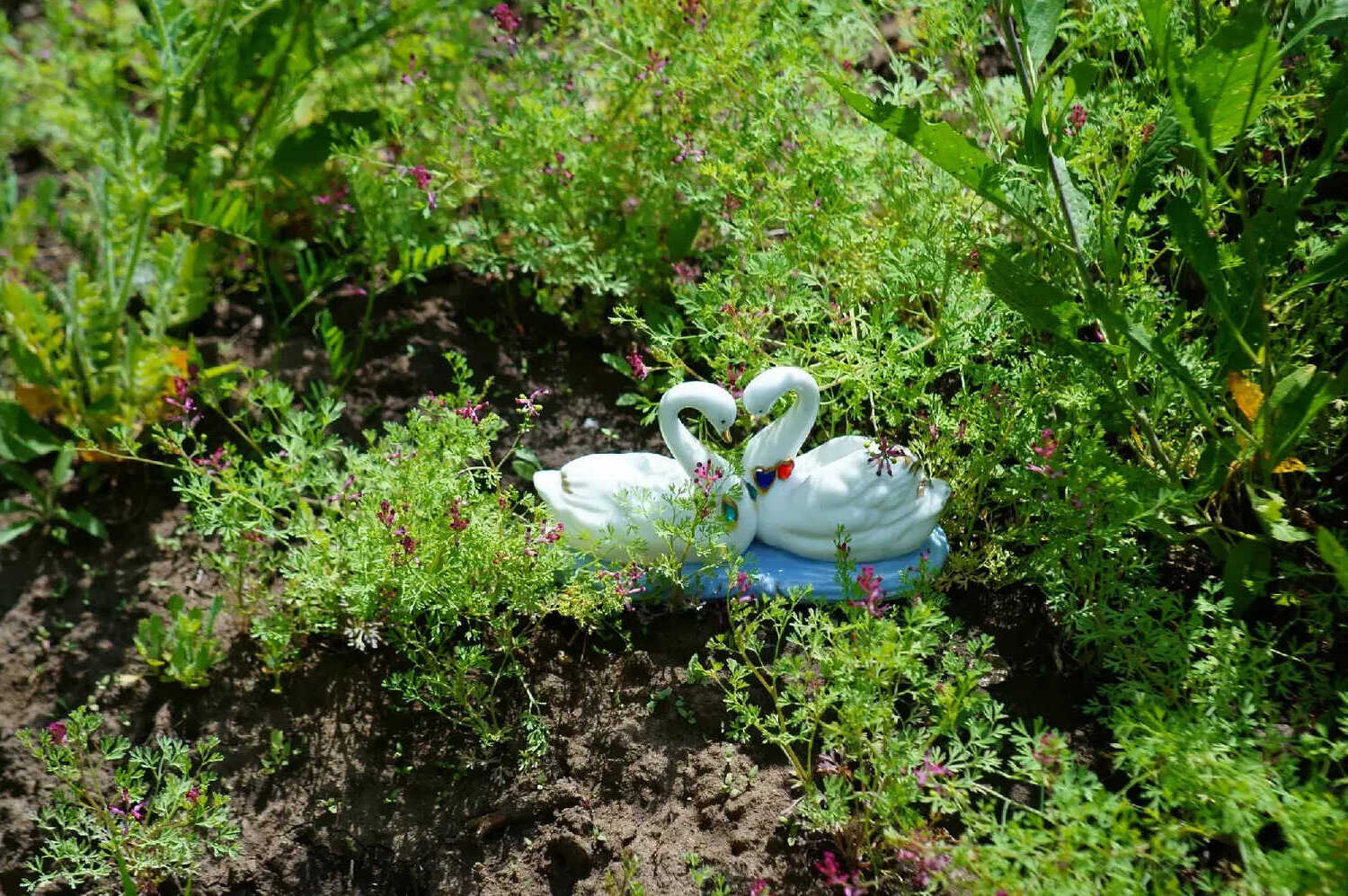
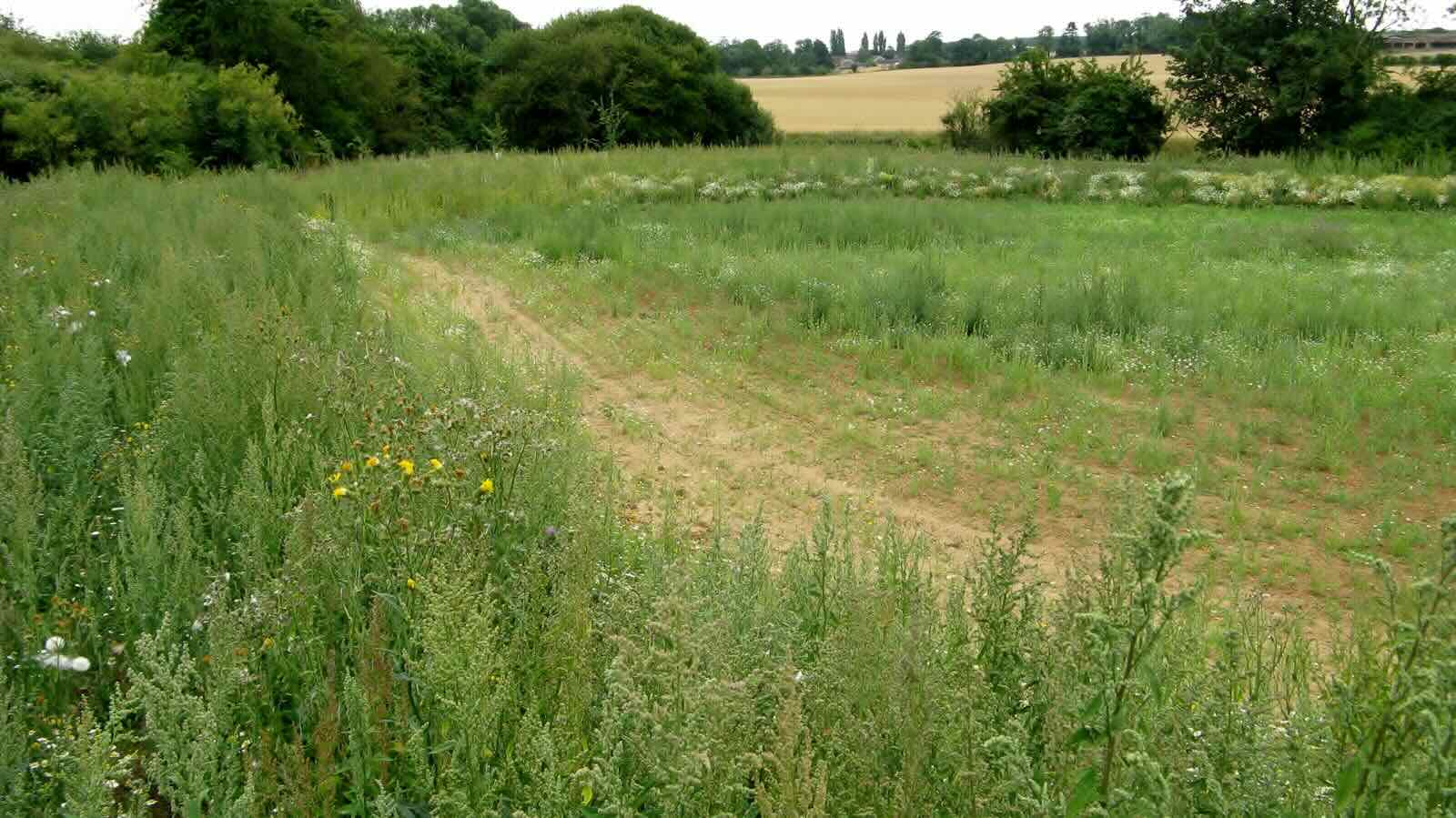

0 thoughts on “How Does Construction Affect Wildlife”